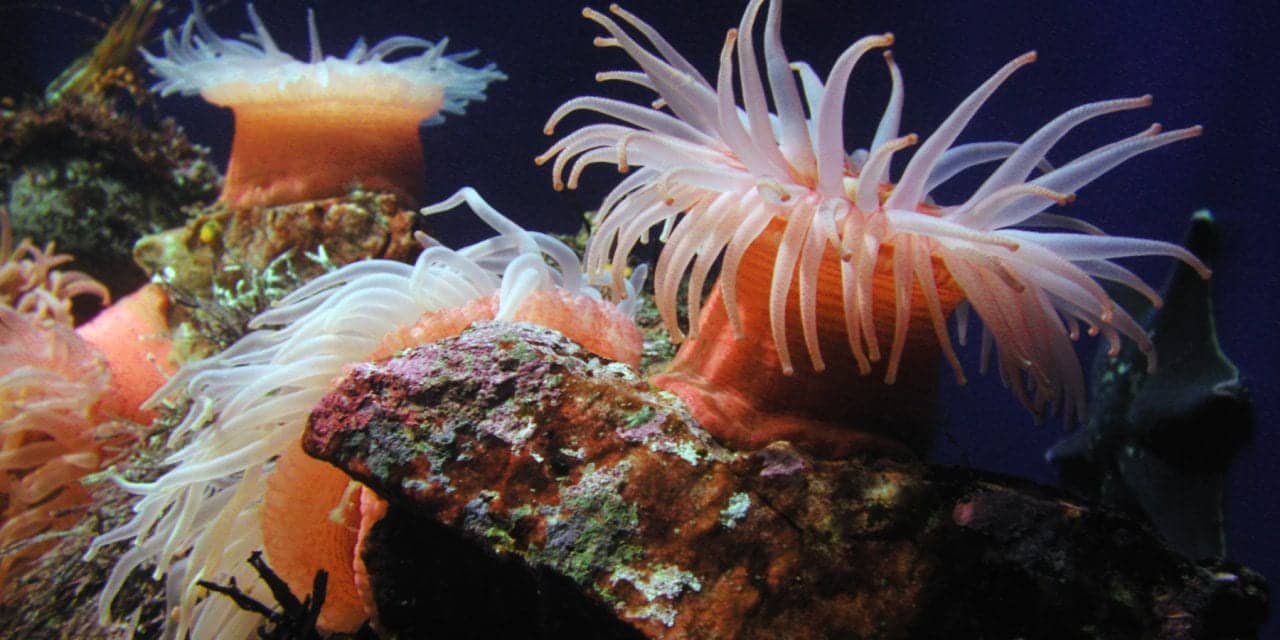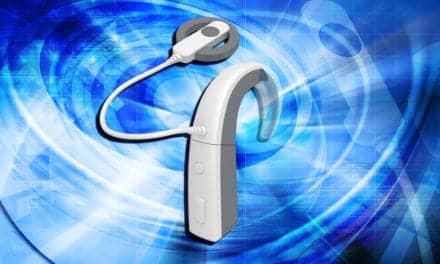Researchers from the University of Louisiana at Lafayette have found that sea anemones, which have remarkable regenerative properties that allow them to rebuild the missing halves of their bodies when they tear themselves in two during reproduction, may be the key to repairing damaged hair cells in the inner ears of mice.
In a recent announcement, research scientist Glen Watson, PhD, explained that sea anemones occurred to him as a possible source for rescuing damaged cochlear hair cells to restore hearing because sea anemones can restore the sensitive hair cells on their tentacles which they use to detect passing prey. “It occurred to me that if any animal could recover from damage to its hair bundles, anemones would be the ones,” said Watson.
Having discovered a cocktail of proteins in the mucus coating sea anemones’ bodies that allows them to repair injured hair cells in as few as 8 minutes, Watson and co-investigator Pei-Ciao Tang, PhD, decided to find out what effect the restorative proteins might have on the damaged cochlear cells of mice. The research team’s study article on how sea anemone proteins can repair damaged mouse cochlear hair cells appeared in the August 2016 edition of the Journal of Experimental Biology.
Recalling that growing the delicate hair cells in the lab was very challenging, Watson and Tang eventually succeeded in dissecting the minute cochleae and attaching the cultured cells to coverslips, thanks to advice from Karen Smith and other colleagues.
Hair cells have a bundle of minute hair-like structures on the surface called stereocilia, which are tethered at the tips by protein strands in a V-shaped formation. According to the authors, it is the tethers that break when hair cells are damaged, causing the stereocilia to collapse.
Knowing that calcium is an essential component of the tether structures, Watson and Tang transferred the hair cells to an environment lacking calcium for 15 minutes in an attempt to reproduce the destruction produced by sound in mammalian cochleae. They observed that in this environment, the stereocilia splayed rather than occurring in well-organized bundles. In addition, the hair cells were unable to take up a dye that undamaged hair cells can absorb readily. Having confirmed that the low calcium environment was destructive, Watson and Tang collected the mucus from starlet sea anemones that had damaged tentacle hair cells, isolated the repair proteins, and added the protein cocktail to the damaged mouse hair cells for one hour.
The researchers found that hair cells recovered significantly after the repair proteins from the sea anemones had been added to the mouse cells. The stereocilia were no longer splayed and the cells improved sufficiently to absorb the dye. Watson and Tang then searched the mouse genome for examples of the crucial repair proteins and found evidence that mice produce many proteins that are closely related to the sea anemone repair proteins, suggesting that it may be possible to mobilize the same repair mechanisms in mammals with damaged hearing.
The authors hope this discovery will eventually lead to a treatment for human patients with acute hearing loss, but acknowledge that this research is in its infancy. Next steps are to discover the mechanism that could eventually allow sea anemones to restore our hearing.
Source: Journal of Experimental Biology; University of Louisiana at Lafayette
Image credit: © Zepherwind | Dreamstime.com






Interesting, scientists work for long time to understand how salamander can regenerate missing limbs.Hopefully, in future we will be able to regenerate our parts of the body.